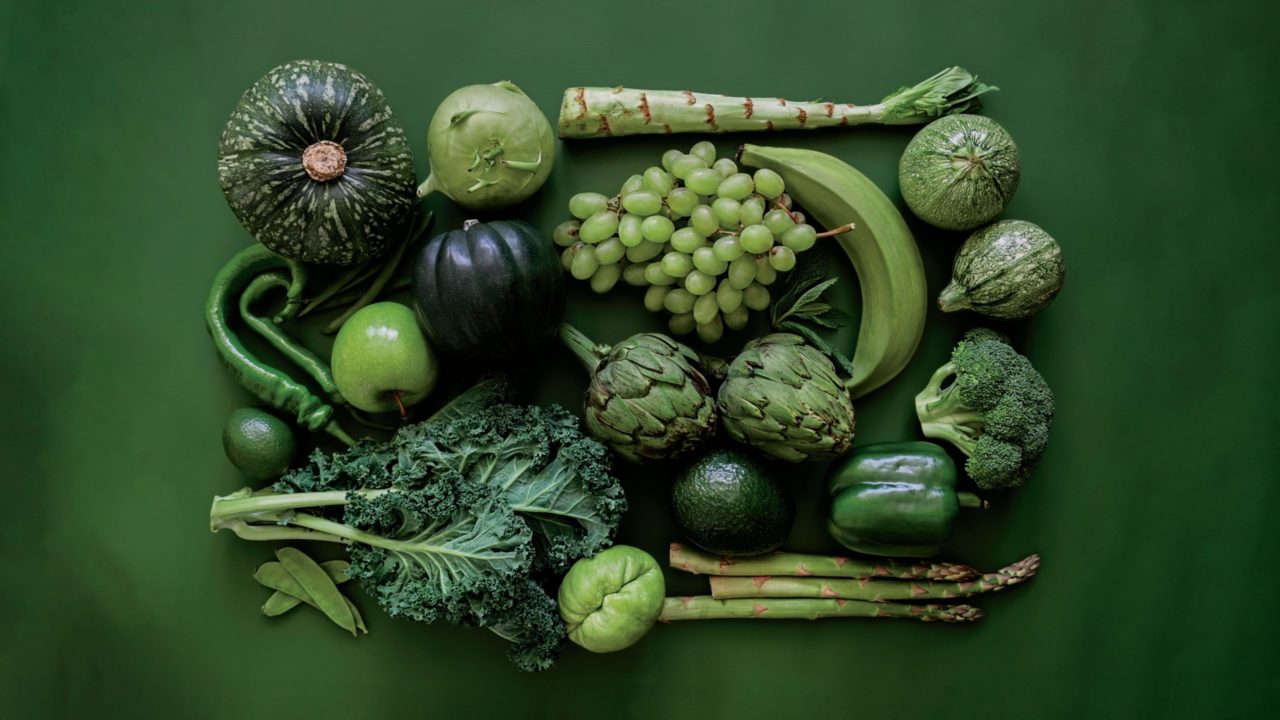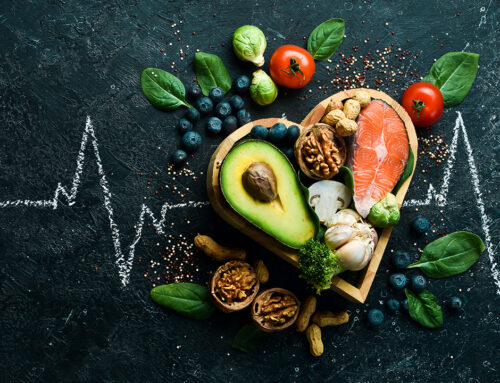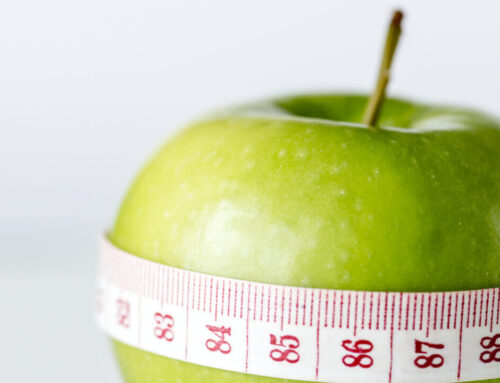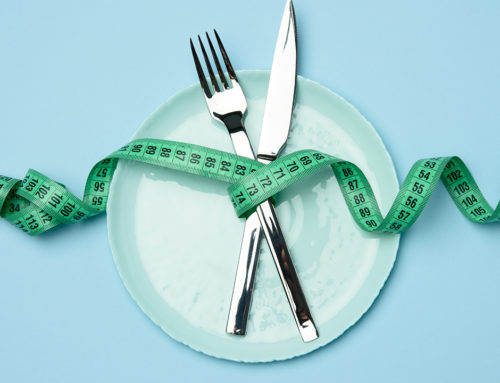It’s easy to scoff at leafy greens, imagining that to build boss-level biceps you only need to eat things that had a mother. Truth is, plenty of high-functioning athletes, like fighter Nate Diaz, are challenging conceptions about what really builds muscle and endurance. That’s because leafy greens are incredibly nutrient-dense and very good for your body and there are hundreds of different options. So, which ones should you add to your next salad or smoothie? Keep reading to get a handle on the leaves that will align the tightest with your goals.
Green for Go
Each leaf has its own nutrient profile and is filled with a variety of micronutrients that help the body function properly. Most of them, however, are jam-packed with the following four nutrients.
Vitamin A: Helps protect eyesight
Vitamin K: Maintains healthy bones and heal wounds
Vitamins C: Support the body’s immune system
Fiber: Supports a healthy digestive tract
The Ultimate Guide to Leafy Greens
It’s time to go beyond the super basic head of iceberg lettuce because if that’s the kind of green that makes the McDonalds’ menu, then you need to eat better.
THE MULTIVITAMIN – Kale
Kale is a dark-colored leaf that, if eaten raw, has a bit of a bitter taste. It continues to rise in popularity as more people recognize its health benefits. Kale is incredibly dense in nutrients and low in calories. Along with vitamins A, C, K, it also is a good source of lutein, magnesium, calcium, and much more.
Why: Despite being pop culture’s ultimate garnish, kale really is the ultimate in greens. It has a lot of vital nutrients that our body needs to function properly. And, it can be eaten in a variety of different ways (raw, baked, juiced, cooked, and blended).
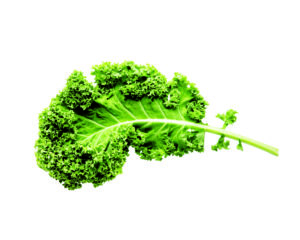
THE BONE BUILDER – Collard Greens
Collard greens have leaves that are a bit thicker and typically have a slightly bitter and earthy taste. Much like other earthy greens, they are a good source of vitamins A, C, and K. They are also a good source of magnesium.
Why: They’re one of the leading sources of Vitamin K out of all the leafy greens, which is important for bone health and blood clotting, found a paper in the journal >Nutrition.
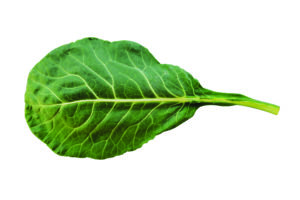
THE PROTEIN FILLER – Spinach
Spinach tends to have a more neutral but sweeter taste than some of the other edible leaves, making it one of the more popular options for eating. In addition to vitamins A, C, and K, spinach is also a solid source of iron, magnesium, calcium, protein, and foliate.
Why: Not only is it packed with nutrients and one of the best-tasting greens, but spinach is also one of the leafy greens that supplies a bit of protein in each serving. Additionally, it is loaded with foliate which is known to be an important nutrient during pregnancy, says a paper in >Reviews in Obstetrics and Gynecology. Even if you’re unlikely to fall pregnant, you owe it to your girl (and family tree) to make sure these leaves are readily on your dinner menu.
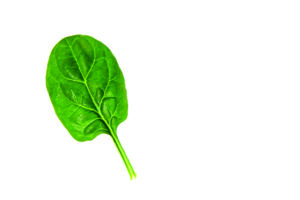
THE DIGESTIVE AID – Cabbage
The appearance of this vegetable might look like a giant Brussel sprout, but it doesn’t quite have the same taste. If its looks steer you clear then go for the other kinds that come in a variety of colors—green, white, red, and purple. The leaves tend to be firm with a pretty bitter taste. Cabbage is high in vitamin C and K but is also a good source of many other micronutrients. And cabbage, much like spinach, supplies a decent amount of protein per serving.
Why: Cabbage can be fermented, which turns it into sauerkraut. Sauerkraut has its own set of health benefits and may play a significant role in improving digestion, says a paper in >Biotechnology Research International. That said, eating a lot can make you a little draughty.
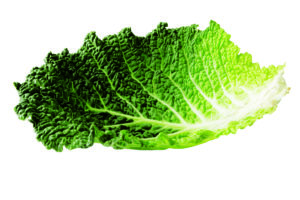
THE WEIGHT LOSER – Swiss Chard
Swiss chard tends to be right up in the running with kale regarding its nutrient density. It has a mild taste that can be a little bit earthy and, like cabbage, can come in a variety of colors. It is an incredible source of vitamins A, C, and K, but also provides the body with vitamin E, calcium, copper, iron, manganese and potassium.
Why: Swiss chard’s nutrient density is close to kale’s making it a pop culture underground hero. It also has a unique antioxidant that may help decrease blood sugar, says a paper in >Food Chemistry. However, swiss chard isn’t typically as bitter as kale which makes it an easier one to eat.
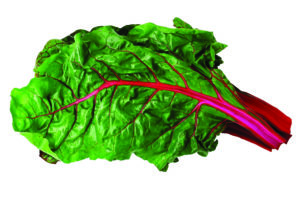
THE ENDURANCE BUILDER – Arugula
Arugula is a smaller, slightly tangy, peppery-tasting leaf. Much like the others, it is a good source of vitamins A and K, but it also contains vitamin B9 and nitrates.
Why: Because arugula is typically smaller than many of the other edible leaves, its bite-sized leaves make it an easy addition to any salad, sandwich, soup, smoothie, or scramble. Also, its nitrate-rich leaves may play a role in reducing blood pressure, says a paper in >Hypertension. Nitrates can also help build endurance in athletes.
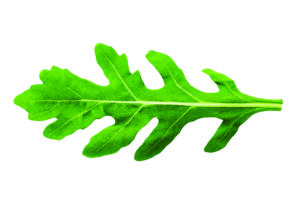
Raw or Cooked?
Cooking some vegetables may increase or decrease the nutrient availability of the vegetable. Cooking vegetables can also change the texture, flavor, and water content. Each vegetable is different and there are often multiple ways to reap the rewards they have to offer. The best way to eat vegetables is however you prefer to eat them. If blending them up in a smoothie is the only way you will consume these vegetables, then >that is the best way to eat them, for you! If something tastes weird to you, it’s less likely you’ll keep eating it.
With most things in life, balance and variety are key. So, a mixture of eating them the way you enjoy, eating a variety of different greens, and consuming both cooked and raw greens is likely the best for your body. Leafy greens are packed with nutrients that have a variety of health benefits. There are many types, colors, and even tastes, not just our favorite six. It is ideal to eat a variety of them in a variety of different ways. But the best advice is to just >eat them!
If you are passionate about nutrition and would like to learn more, check out ISSA’s course on Nutrition.


